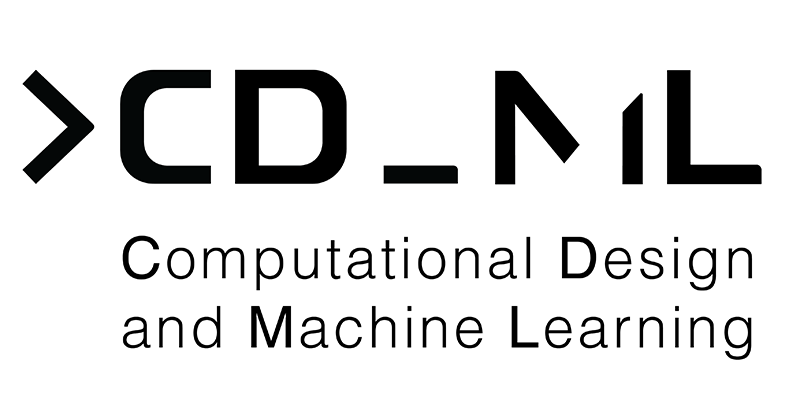CNNs for analyzing urban visual experience
Previous studies have described the effects of urban attributes such as the Spatial Openness Index (SOI) on pedestrians’ experience. SOI uses 3-dimensional ray casting to quantify the volume of visible space from a single viewpoint. The higher the SOI value, the higher the perceived openness and the lower the perceived density. However, the ray casting simulation on an urban-sized sampling grid is computationally intensive, making this method difficult to use in real-time design tools. Convolutional Neural Networks (CNN), have excellent performance in computer vision in image processing applications. They can be trained to predict the SOI analysis for large urban fabrics in real-time. However, these supervised learning models need a substantial amount of labeled data to train on. For this purpose, we developed a method to generate a large series of height maps and SOI maps of urban fabrics and encoded them as images using color information. These height map - SOI analysis image are used as training data for a CNN to provide rapid, precise visibility simulations on an urban scale.
Keywords
Visibility Analysis
Perceived Density
Machine Learning
CNN

